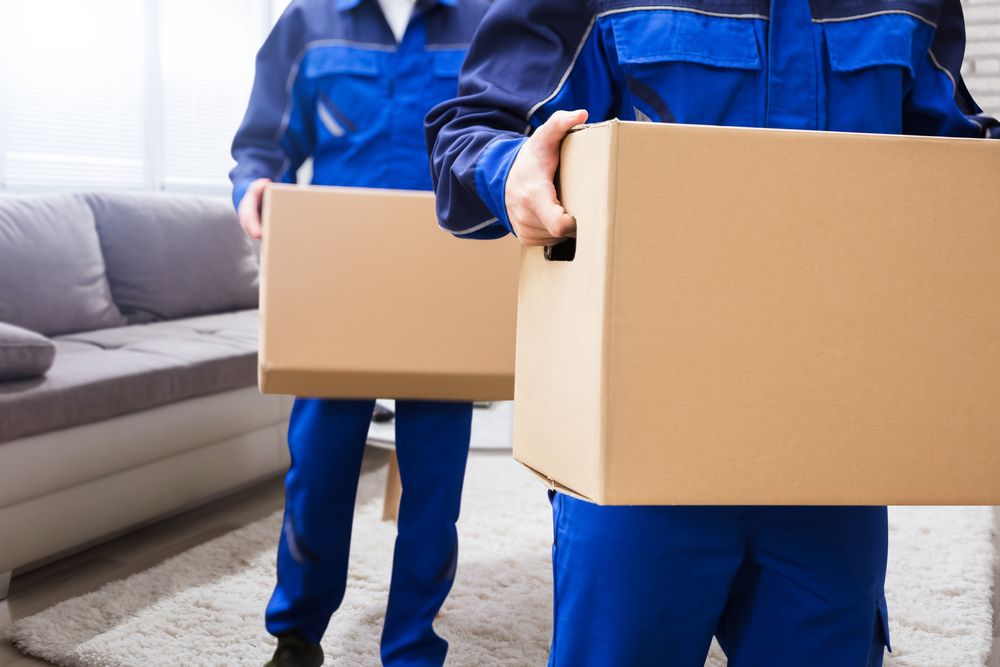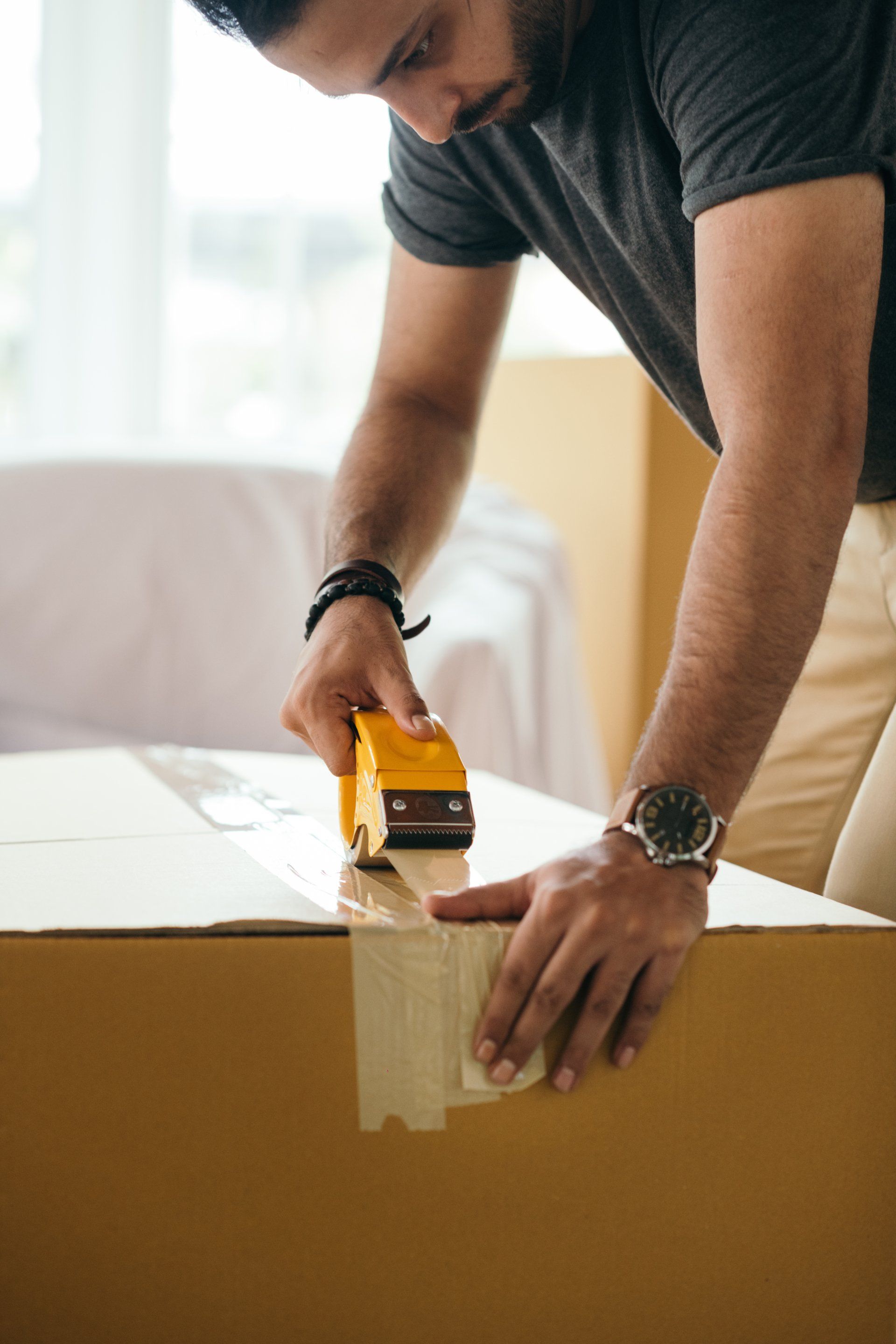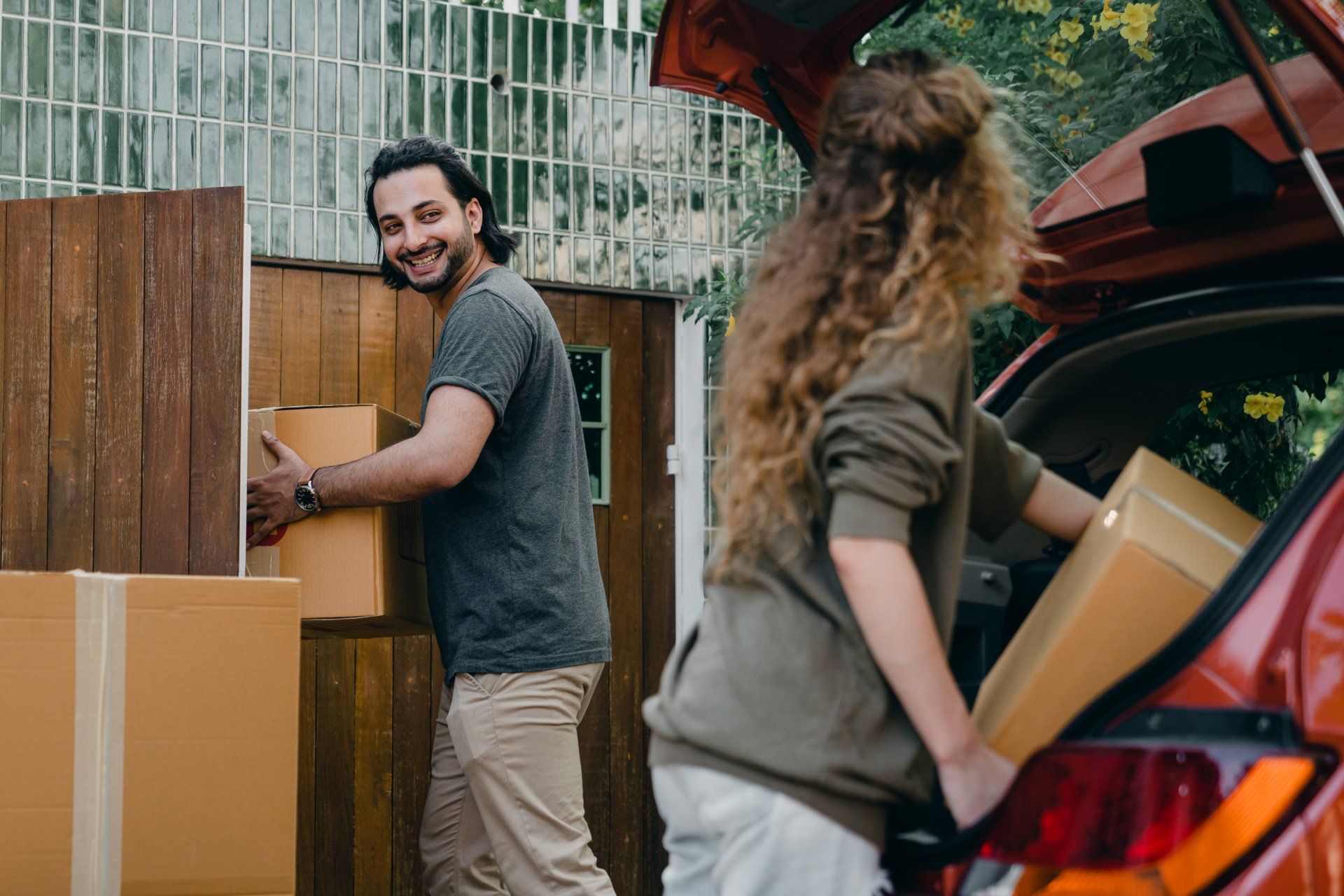Expert Tips For A Smooth
Long-Distance Move
Moving to a new city is one of the most stressful and challenging life experiences. In fact, according to recent studies, more than 40 million Americans move every year - that's over 10% of the population! But if you're planning on making a long-distance move, it can be even more difficult and overwhelming. Fortunately, with some expert tips and advice, your long-distance move can go as smoothly as possible.
In this article, we'll provide helpful guidance for anyone considering making a long-distance move. From hiring professional movers to packing properly, our experts will offer their top tips so that when moving day comes around you’ll feel prepared and stress free. We’ll also discuss what documents need to be considered before leaving your current home behind and starting fresh in a new location.
If you've been dreaming of relocating far away from home but don't know where to start or how to make sure everything goes off without a hitch – keep reading! Our team of experienced professionals have put together all the information necessary for an easy transition into your next big adventure: A smooth long distance move that won't leave you feeling overwhelmed or unprepared.
Determine Your Moving Budget
Figuring out how much you can spend on your move is essential. It ensures that you don't overspend and leave yourself in a difficult financial situation. To determine your budget, first decide how much money you have available to use for the relocation. Then figure out what type of moving service you need; whether it's full-service or self-service will influence the overall cost.
Another important factor when setting a budget is understanding all the additional expenses associated with long distance moves. This includes packing materials, storage fees, transportation costs, taxes, insurance fees, and more. Researching these extra costs ahead of time allows you to properly allocate funds so there won't be any unexpected surprises later down the line.
By taking the time to plan and prepare beforehand, you'll be able to ensure an efficient and stress free transition for both you and your belongings - without breaking the bank!
Research
Long-Distance Moving Companies
Moving is like playing a game of chess - it requires careful planning and strategizing. When it comes to long-distance moves, even more thought needs to go into the process. The second step in ensuring a smooth transition is researching long-distance moving companies.
With so many businesses providing services for relocating, comparing them can feel overwhelming. It's important to look at each business' credentials and reviews from other customers who have used their service before making a decision. Checking out different websites or talking with friends and neighbors can help narrow down your options.
When you find one that works best for you, take the time to read through all their policies and ask questions about what their services include. This will ensure there are no surprises when it comes time for the move itself. Taking these extra steps can save money, stress, and make sure your belongings arrive safe and sound on the other end.
Create A Packing Plan
When it comes to long-distance moves, creating a packing plan is key. From deciding what items will make the journey with you and which ones can be left behind, to finding the right type of boxes and containers for your belongings, having a smart packing strategy in place will help ensure that everything arrives safely at your new home.
Start by going through each room and making three piles: keep, donate/sell, throw away. This helps limit the amount of stuff you'll have to move and also gives you an opportunity to downsize before relocating. Once these decisions are made, come up with a timeline for when things need packed and find the appropriate materials (boxes, tape, markers). Having labels on all your boxes (including their contents) makes unpacking much quicker later on! Lastly, if hiring movers or renting a truck don't forget to factor in enough space for all of your belongings when estimating size requirements.
Planning ahead will ultimately save time and energy throughout this process so it's worth taking the extra steps now to guarantee smooth sailing once moving day arrives.
Purge And Donate Unwanted Items
Moving is a metaphorical journey, and although it can be overwhelming at times, the process of purging and donating unwanted items before a long-distance move can actually make you feel lighter. It’s like taking off your old backpack filled with unnecessary things that are weighing you down - leaving more room in your new bag for adventures ahead.
Getting rid of all those possessions we no longer need or use doesn't have to be tricky; there are various options available depending on our situation. We can donate them to charity shops, give them away to friends or family members who may find them useful, sell some of the valuable items online or even recycle certain products responsibly. Taking time out to reduce clutter and pack only what we really need will help us stay organized during the move, both physically and mentally.
The act of letting go before travelling allows us to start fresh in our new home without feeling overwhelmed by material objects from our past life. And if done correctly, it could leave us feeling satisfied knowing that someone else will benefit from the things we no longer require. So don’t hesitate when making decisions about what should stay and what should go – an easier transition awaits!
Label Moving Boxes With Room Designations
Moving can be a stressful and overwhelming experience, especially when you are moving long-distance. To make your move smoother, it’s important to label all of your boxes with the room they belong in. This will help ensure that each box goes where it needs to go at the new home.
Labeling each box saves time when unpacking because you won't have to search through various boxes looking for items you need right away. It also helps movers quickly place everything into its designated spot without having to ask or guess which room items should go in. You may even want to color code or use symbols on the labels so that everyone involved in the move knows what is inside each box just by glancing at it.
To reduce confusion, try labeling each side of the box with both a description of what's inside as well as the intended destination room. That way if one side gets blocked from view during transport, there’ll still be information available on how to handle the container correctly once it arrives. Labeling boxes properly ensures that no items get left behind and everything shows up safely in its proper location - making life easier after a successful long-distance move!
Make Arrangements For Pets
Moving is often an arduous task. It requires a lot of planning and preparations, especially when moving long-distance. One important thing that shouldn't be forgotten in the process is making arrangements for our beloved pets. They deserve special care when going through this transition just like family members!
We can start by researching the laws and regulations related to pet travel in our destination state or country so we know what's expected from us as well as any restrictions on moving them across borders. We should also think about their comfort level during transport – if they're not used to being confined in a carrier, it's best to get them accustomed to it before departure day. And don't forget about necessary medical records for traveling with your pet too!
Lastly, we ought to consider securing temporary accommodation for them while the move is completed since the chaos of packing boxes and furniture might prove overwhelming for some animals. By taking all these steps into account, we ensure that both ourselves and our furry friends have a smooth ride during a long-distance move.
Create A Moving Schedule
Creating a moving schedule is an important step in ensuring your long-distance move goes as smoothly as possible. Setting out the tasks to be done and when they need to be completed can help you stay on top of all that needs to be taken care of. It’s also helpful for family members who are assisting with the move, so everyone knows what their role will be and when it should take place.
When making this plan, break down each task into smaller steps. For example, if one of the items on your list says ‘pack bedroom’ then further breakdown what exactly needs to go into boxes: sheets, pillows, clothes, books etc. This level of detail helps make sure nothing slips through the cracks during such a big undertaking. Additionally, don’t forget to build some flexibility into your plan so you can accommodate any last minute changes or unexpected delays.
It may seem like a lot of work up front but having everything accounted for ahead of time can greatly reduce stress and ensure that everything gets handled in an organized manner. Plus, after all that hard work is done it'll feel great knowing you've checked every box off your list!
Collect Necessary Documents
Organizing the necessary documents is a key part of any long-distance move. Firstly, make sure you have all your personal information in order. This includes passports, driver's licenses and birth certificates as well as Social Security cards or other forms of government identification. Secondly, if you're moving with family members then it may be necessary to collect their documents too. Finally, don't forget about important paperwork related to your job such as letters from employers and proof of work permits if needed.
In addition, it's also essential to remember that some states require special documentation for things like pet relocation so make sure you look into this before making the big move. To save time and stress on moving day itself, start gathering these important papers at least one month prior to your departure date so everything will be ready when the time comes. Also consider scanning copies of vital documents which can provide extra protection against loss or theft during transit.
Organizing all the relevant documents early on makes life much easier down the line - especially when dealing with tricky international moves. So take the time now to get your paperwork in check, ensuring nothing gets left behind!
Plan For Possible Delays
Moving to a new home is an exciting experience, but it can also be daunting. One of the most difficult parts of making a long-distance move is dealing with any unexpected delays that may occur along the way. To ensure you have a smooth transition, it's essential to plan for possible problems and delays beforehand.
One of the best ways to prepare for potential issues during your move is by researching local traffic patterns and weather forecasts in both your current city and the one you are moving to. This will help you anticipate what types of roadblocks could come up on your journey so that you can adjust your plans accordingly. Additionally, contact your movers well in advance so they can let you know if there are any difficulties or obstacles they foresee in completing their job on time.
Finally, make sure all necessary documents are easily accessible throughout the entire process. That includes important paperwork like proof of address, contract agreements, insurance forms, etc., as these could become useful if something goes wrong en route to your destination. Keeping these essentials close at hand will give you peace of mind as well as provide protection should anything go awry during your relocation.
Prepare Your Home For Move In Day
Moving to a new home can be an exciting experience, but it also comes with its own set of unique challenges. For instance, long-distance moves often require that you make special preparations for the move in day. It's important to understand how best to plan ahead so that your transition is as smooth and stress-free as possible.
Imagine trying to move into a new apartment without any furniture or decorations – this could easily turn what should have been an enjoyable process into one filled with stress and anxiety. To ensure your move-in goes off without a hitch, it’s essential to take some time beforehand to get your house ready for arrival.
From making sure you have all the necessary supplies like furniture and bedding to having the utilities hooked up before moving day arrives, there are lots of steps that need to be taken care of in advance if you want your new place feeling like “home sweet home” by the end of the day. Doing research on local ordinances regarding noise levels from movers during certain hours might also prove useful in avoiding fines or neighbor disputes later down the line.
Having a clear plan in mind before starting out will help ensure that everything runs smoothly when it’s finally time for those boxes and suitcases full of memories to arrive at their new destination - ensuring an easier transition overall!
Long Distance Moving Made Simple With Out of State Long Distance Moving
The long-distance move can be a tricky and stressful experience, but it doesn't have to be. With the right plan in place, you can make your transition from one home to another as smooth as possible. From determining your budget early on to labeling boxes with room designations, these expert tips will help ensure everything goes according to plan.
When it comes time for move-in day, having all of the necessary documents ready and preparing your new home ahead of time will save you valuable time and energy. And if any delays arise during your journey, remember that there are many resources available to help you through them.
Are you feeling confident about making a successful long-distance move? If so, start planning today! Call Out of State Long Distance Moving at (888) 805-8771 for a free long distance moving quote.












